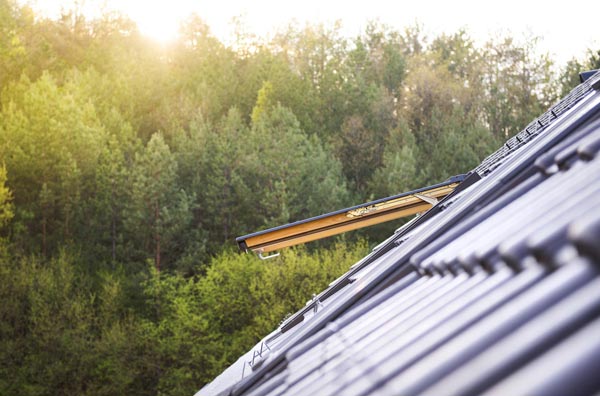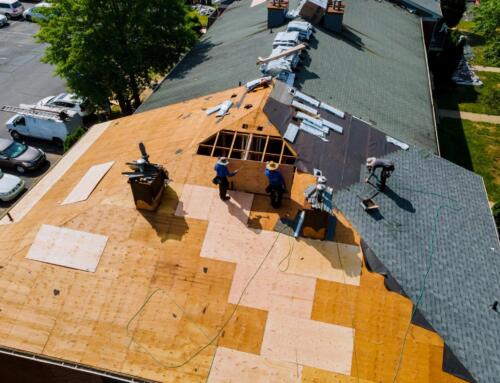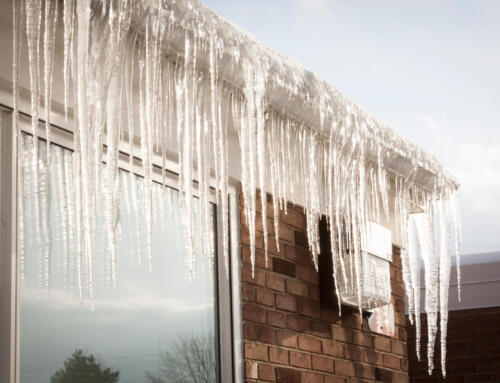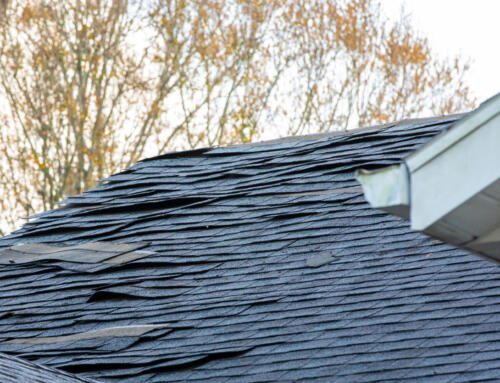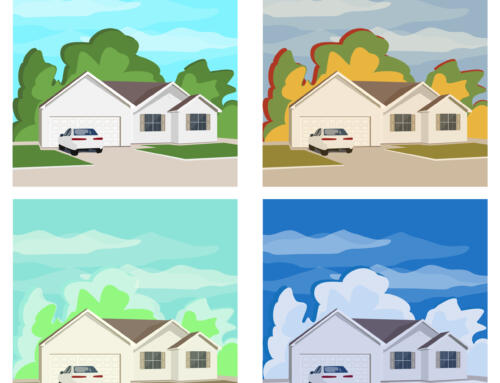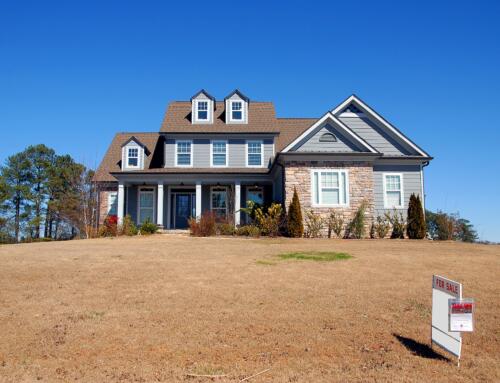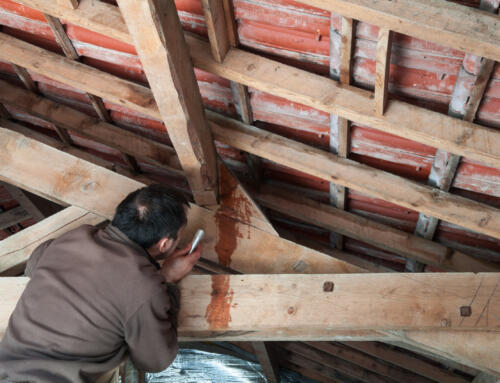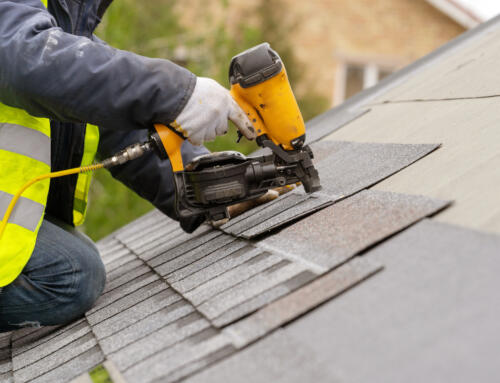When talking DIY in home improvements the best place to start is a thorough total home roof inspection. There are different types of ‘roofing inspections’ for your dwelling and it is important to understand the differences.
The are two main ways to inspect your roof, one being do it yourself, the other hiring a competent home inspection professional. Hiring a professional is always a better option since they are trained to see things you would otherwise miss. On top of that, roofing inspectors have the right tools to get accurate assessment and measurement of your home, and provide expertise needed. You may end up spending more money in the long run by doing roofing improvements yourself. Getting your roof inspected by a certified pro can help you spot minor problems and address them before they snowball into giant, more expensive problems down the road.
A typical roof inspection is a report stating the current condition of the roof. An inspection is conducted to uncover any cracked, missing, or aging shingles, loose roof seams, potentially clogging rain gutters, or trouble signs. It should include digital photos. Typically, the inspection starts with the interior and then moves to the outside/exterior.
A roof certification is a statement of opinion by a licensed roofer who deems the rooftop has a life expectancy of up to 5-10 years or more. In the event any roof repairs are required to bring the roof life expectancy to 10, 20, or 30 years, they must be satisfied before a certification is issued. A professional roof certification should be FHA compliant.
Types of DIY Roofing Inspections:
First make sure you are comfortable with heights. If not calling a professional would be your best option. The last thing you want is an accident to occur which could end up costing more in medical bills then calling your local roofing professional.
#1 – Clean Up
Although the changing of the seasons is beautiful to watch, raking up leaves can be a pain. Leaves can cause damage to your roof and gutters. To diminish the effects of damage from leaves it is best to clear the leaves off the roof, and from the gutters. You can also install gutter guards to keep the water flowing. Clogged gutters can freeze and eventually cause serious damage to the gutters.
#2 – Roof Care & Other Roofing Tidbits
Maybe were biased but we see a huge need for roof care. Your roof does take on the most damaging effects from Mother Nature. Fall is the best time to get your roof ready for winter. Below is a list of items to do during the fall!
- Replace damaged or missing shingles
- Fix gaps along the flashes or joints
- Check dark spots or streaks on the roof. Watch these spots closely they could be mold.
#3 – Inspecting sloped roofs:
- check for dark stains that may signify algae and fungus growth
- clean clogged gutters
- remove debris
- repair any damage to flashing
#4 – Inspect the inside of the dwelling:
Don’t forget to check the inside of the building as well. Look for brown spots or rings on the ceiling or water stains on the wall. These signs may mean a leaky roof.
#5 – Inspecting flat roofs:
- check for cracks in roofing felt
- check for any spongy spots that may signify a water leak
- check condition of supports of air conditioners and other mechanical equipment secured to roof
- repair any flashing damage
If you notice any of these signs of damage on your roof make sure to call roofing professional right away. Make sure the roofing contractor has been in business a long time and is fully licensed and insured. Most roofing professionals will give you a free inspection and will help you determine the best course of action.
Click on the following link to get your roof inspected by our certified and licensed roofing pros! http://www.lakeorionroofing.com/roofing-quote/




